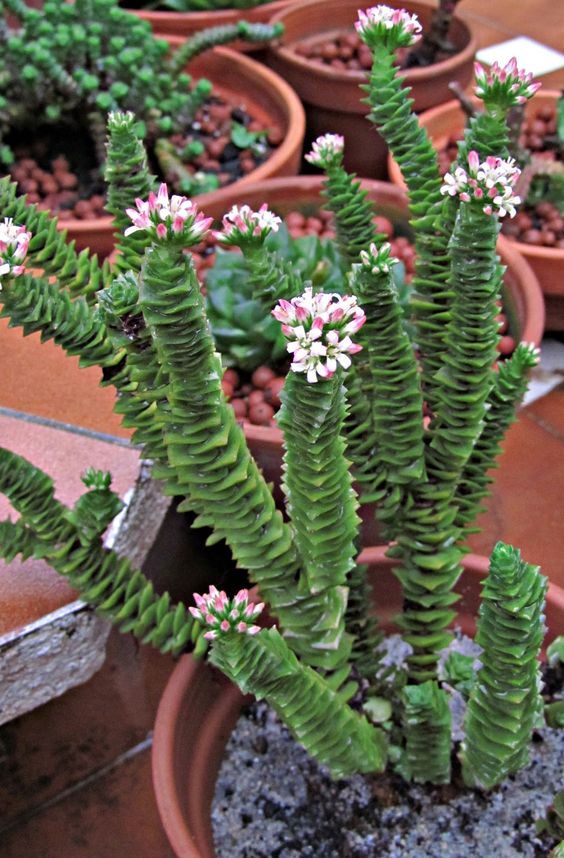Multi-headed succulents, often referred to as “polycephalic” succulents, are fascinating plants with multiple growth points springing from a single stem. This unique feature creates an enchanting cluster or rosette of heads. Distinct from crested succulents, which exhibit a fan-shaped or flattened growth due to genetic mutations, multi-headed succulents boast separate, distinct growing points.

Unlike a specific propagation technique, the formation of multi-headed succulents often occurs naturally in certain species. Varieties of Echeveria, sempervivum, and Haworthia, for example, can naturally develop multiple heads from a single stem over time.

To foster the growth of multiple heads in your succulents, here are some essential care tips to ensure their health and vitality:
1. Proper Watering: Succulents love well-draining soil. Overwatering is a common pitfall, leading to root rot. Let the soil dry out thoroughly between waterings and avoid letting your plants sit in stagnant water.

2. Sufficient Sunlight: These plants adore bright light. Position your succulents where they can bask in plentiful sunlight, ideally enjoying a few hours of direct sunlight daily.

3. Appropriate Pot Size: Select a pot that can comfortably accommodate your succulent’s growing size. A cramped pot can restrict growth and cause the plant to become overcrowded.

4. Fertilization: During the growing season, a balanced succulent-specific fertilizer can provide your plant with the necessary nutrients for robust growth.

5. Propagation: While multi-headed succulents often occur naturally, you can also propagate them. Offsets, which grow around the plant’s base, can be separated and replanted. Each offset has the potential to develop into a new multi-headed succulent.

Remember, the key to a thriving succulent garden is a blend of patience, attention, and a bit of green-thumb wisdom. Happy gardening!














